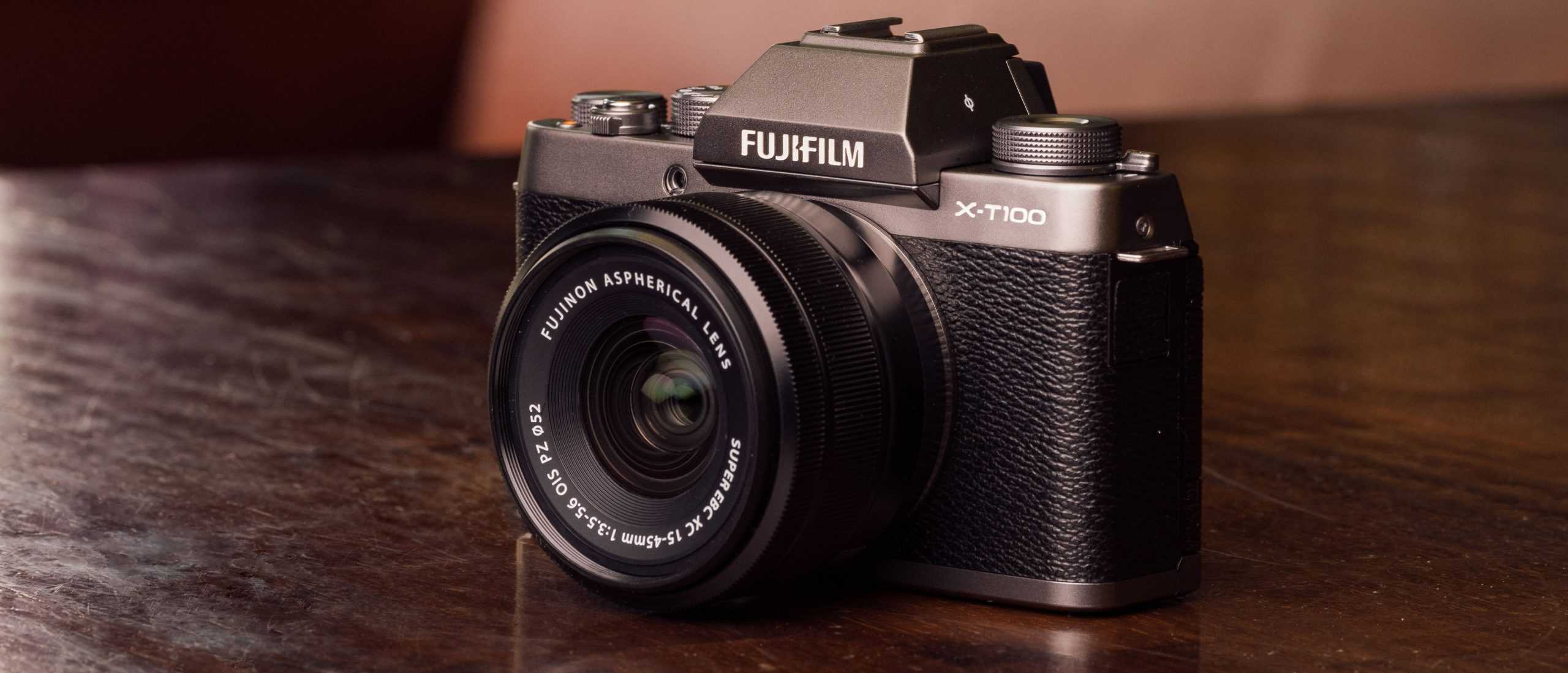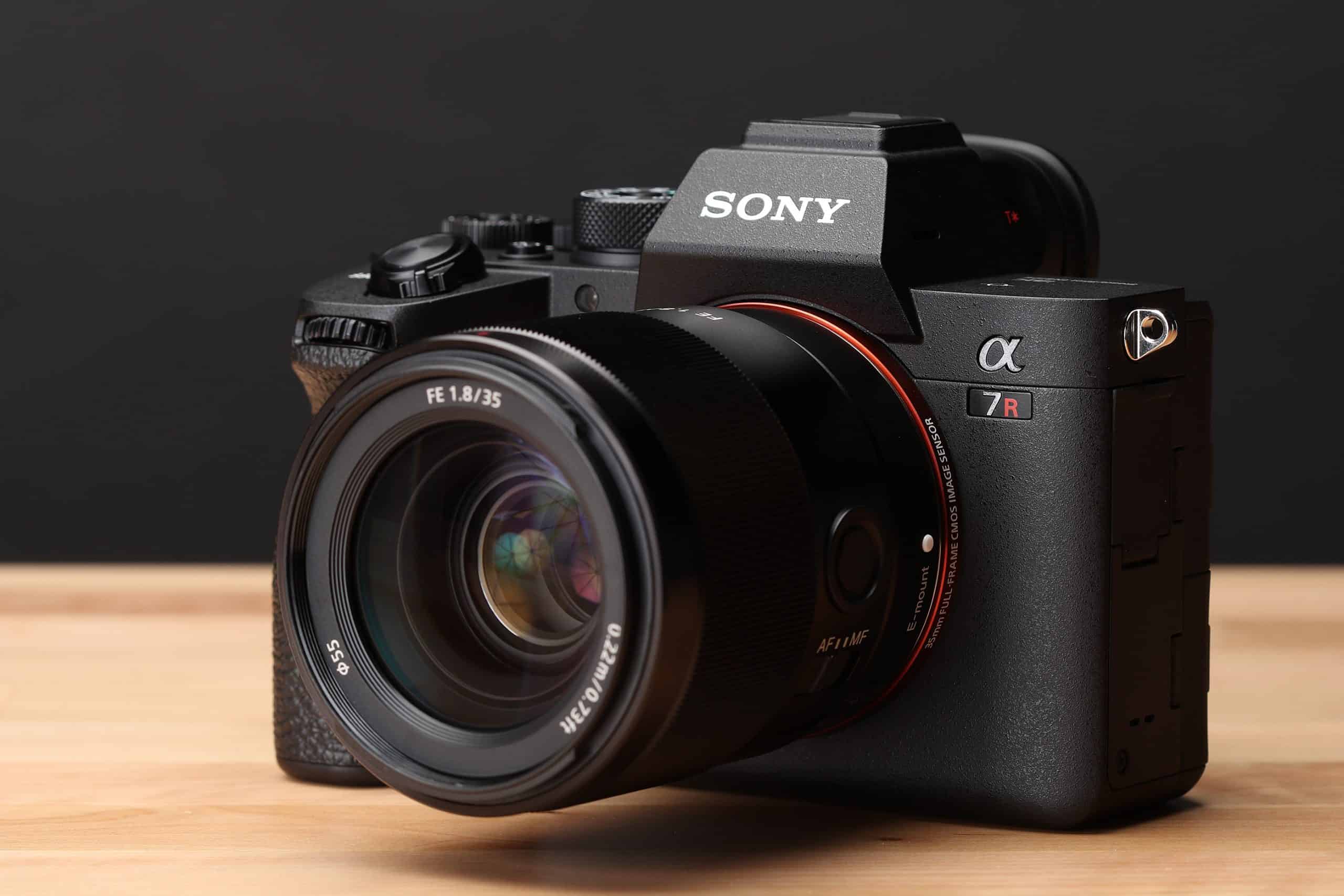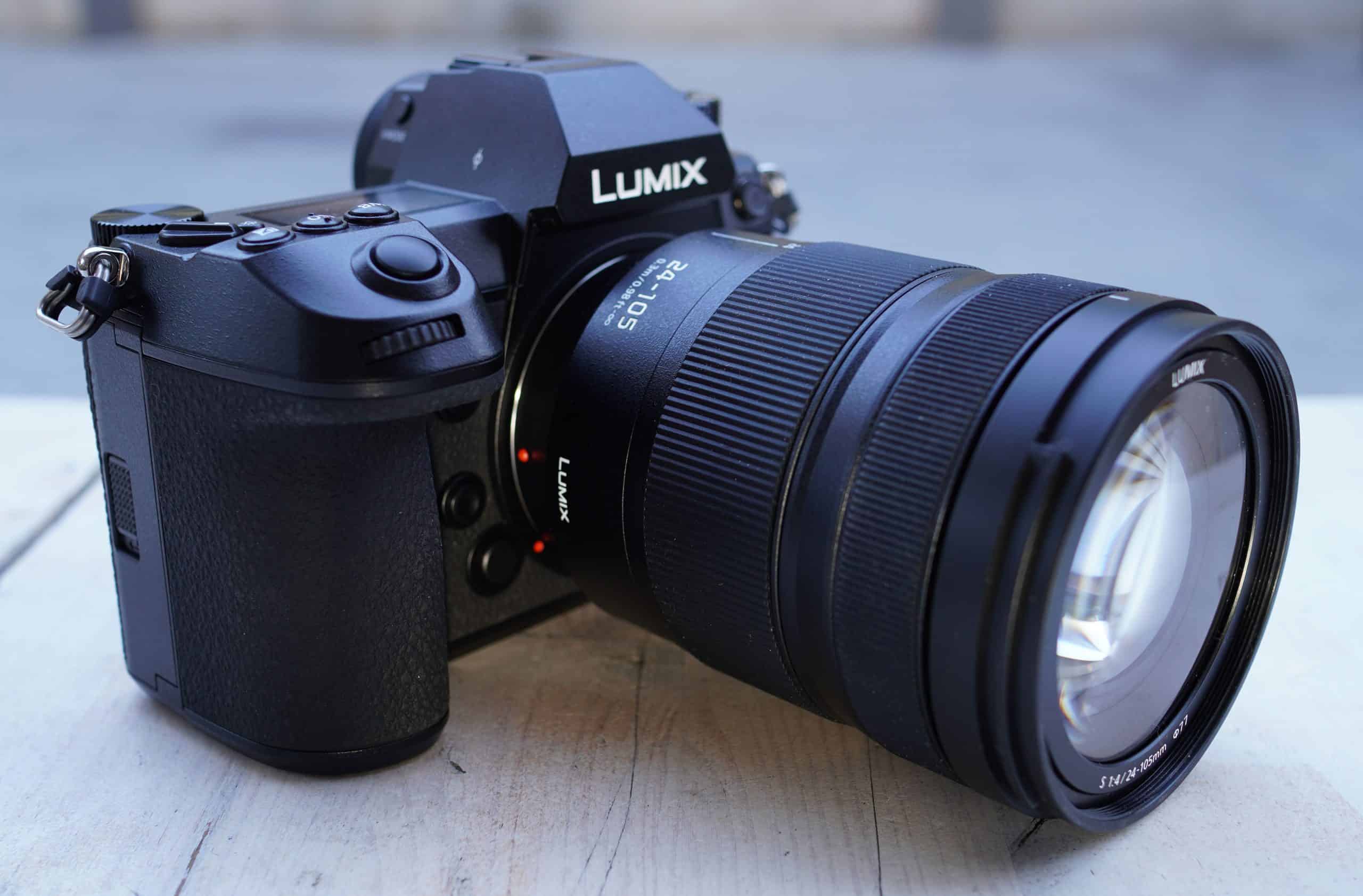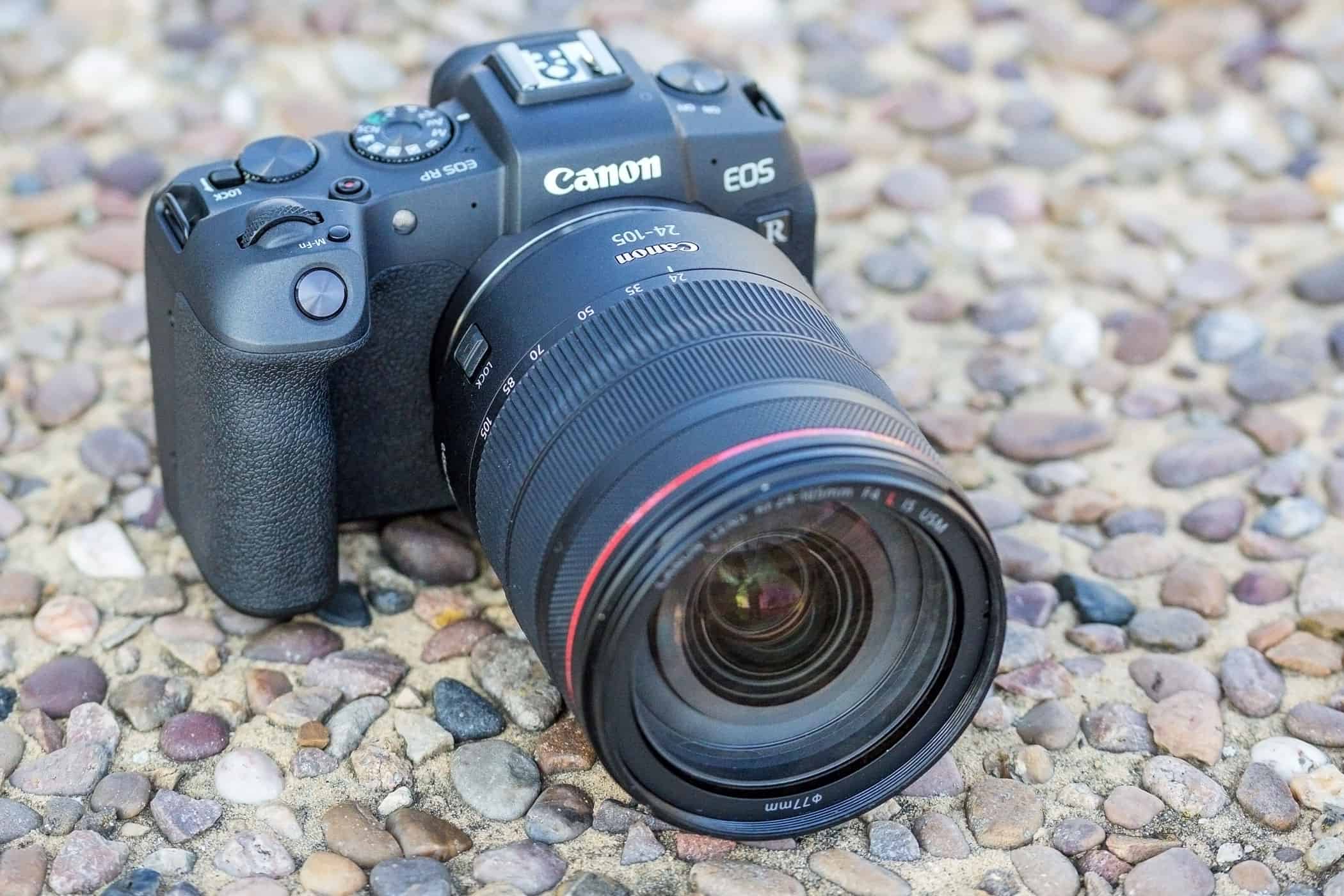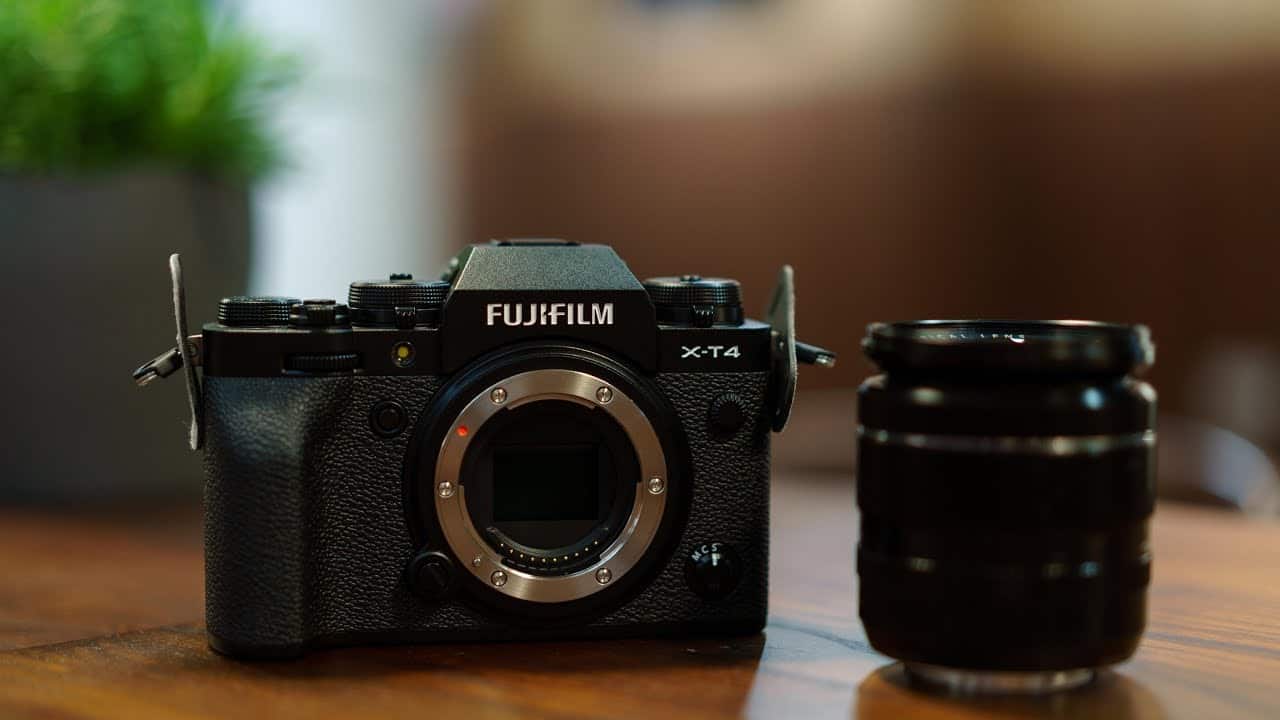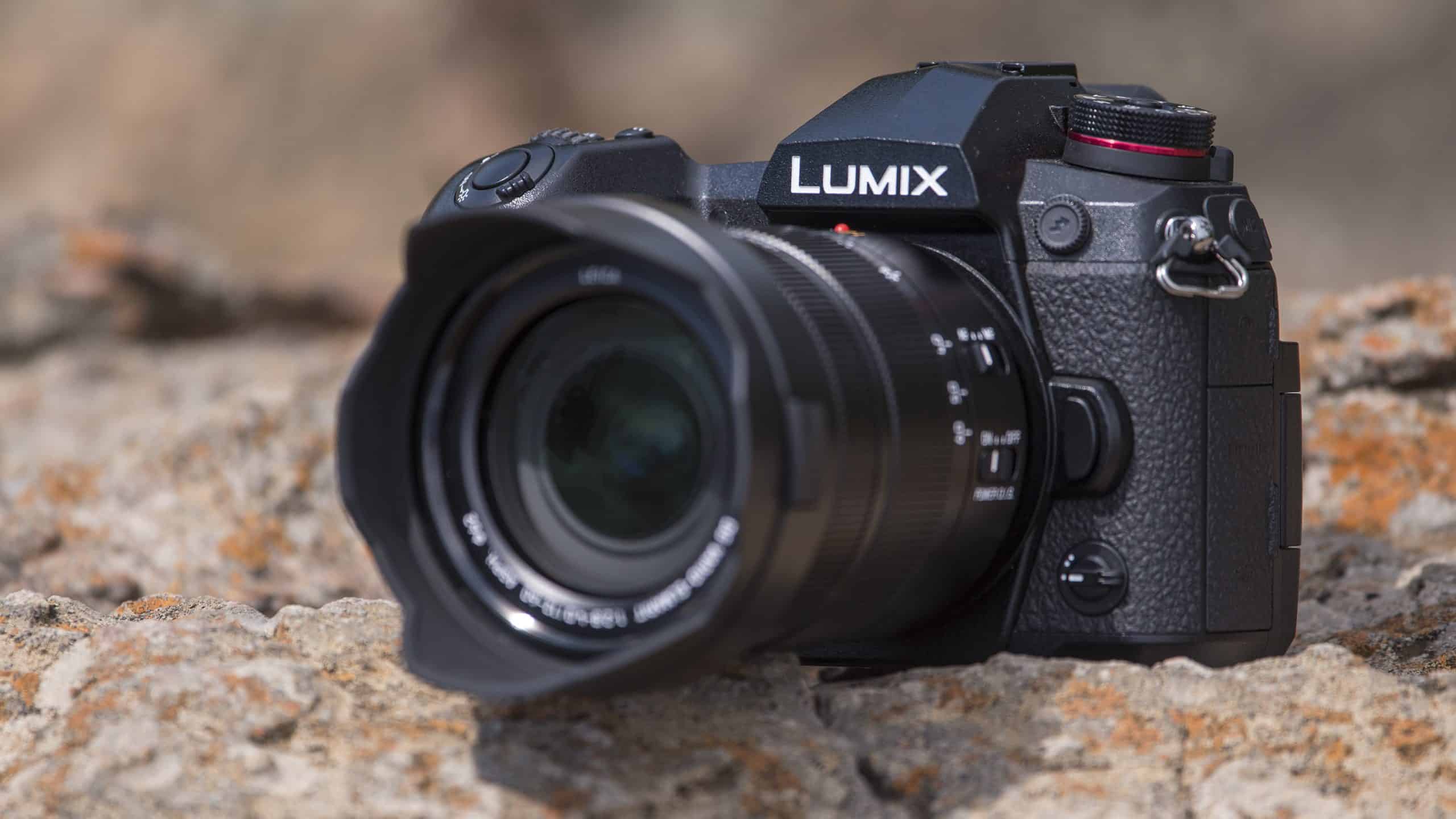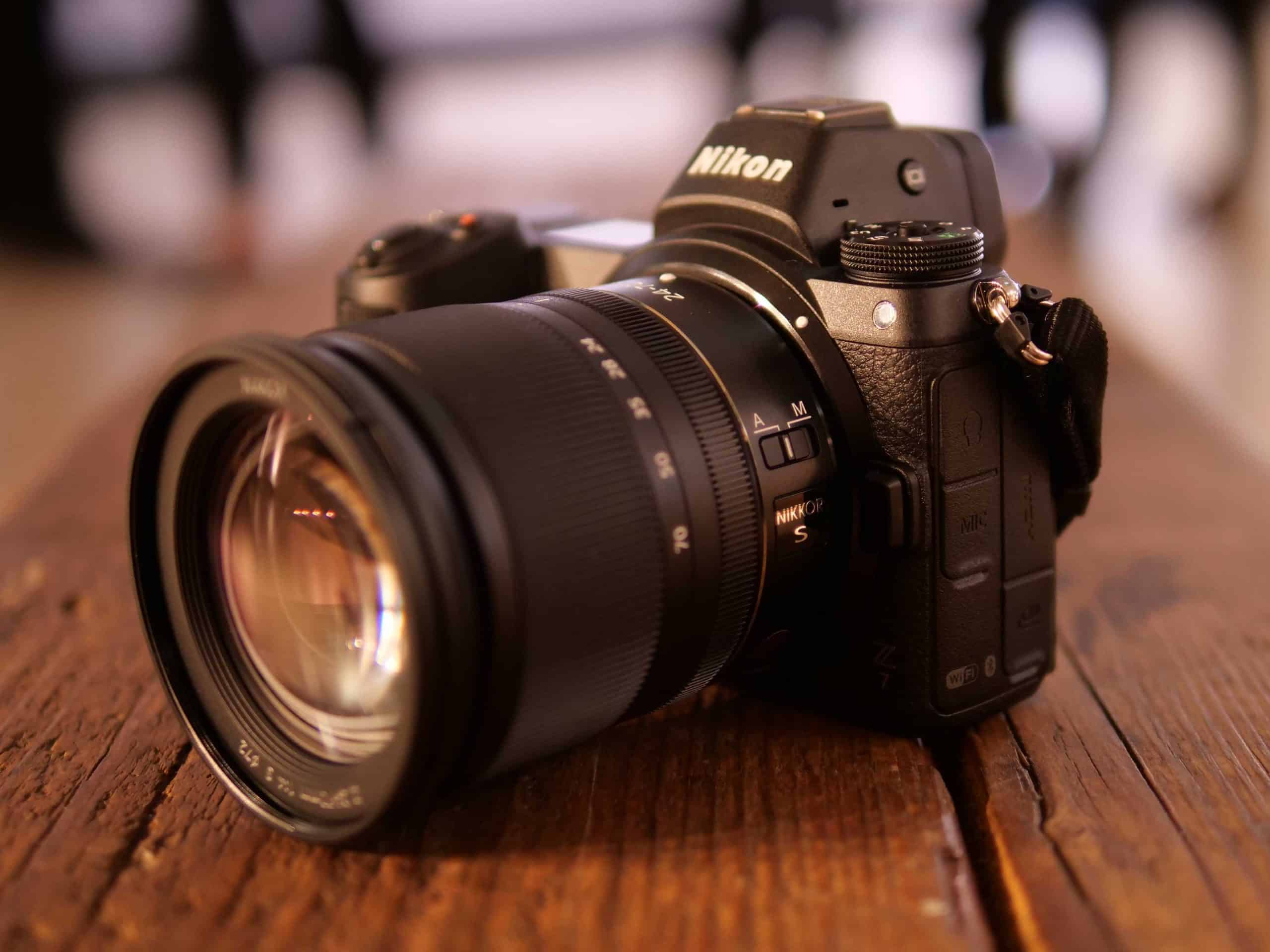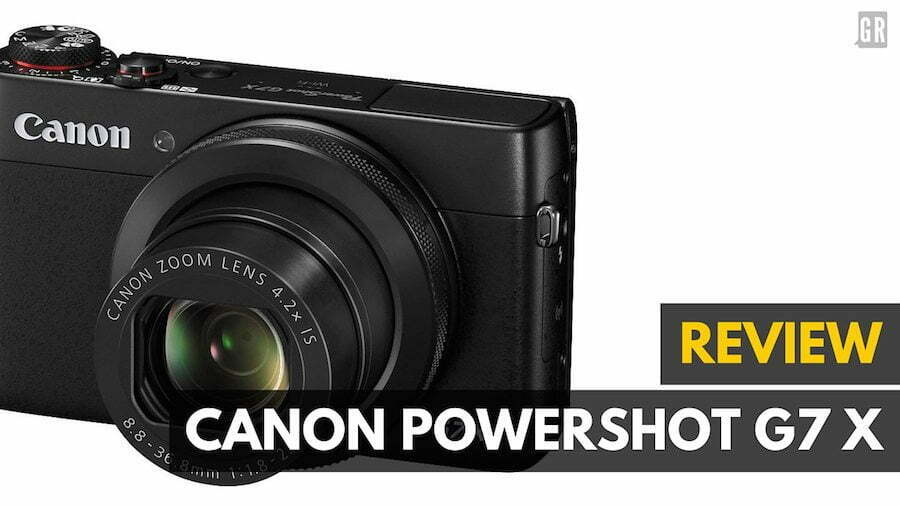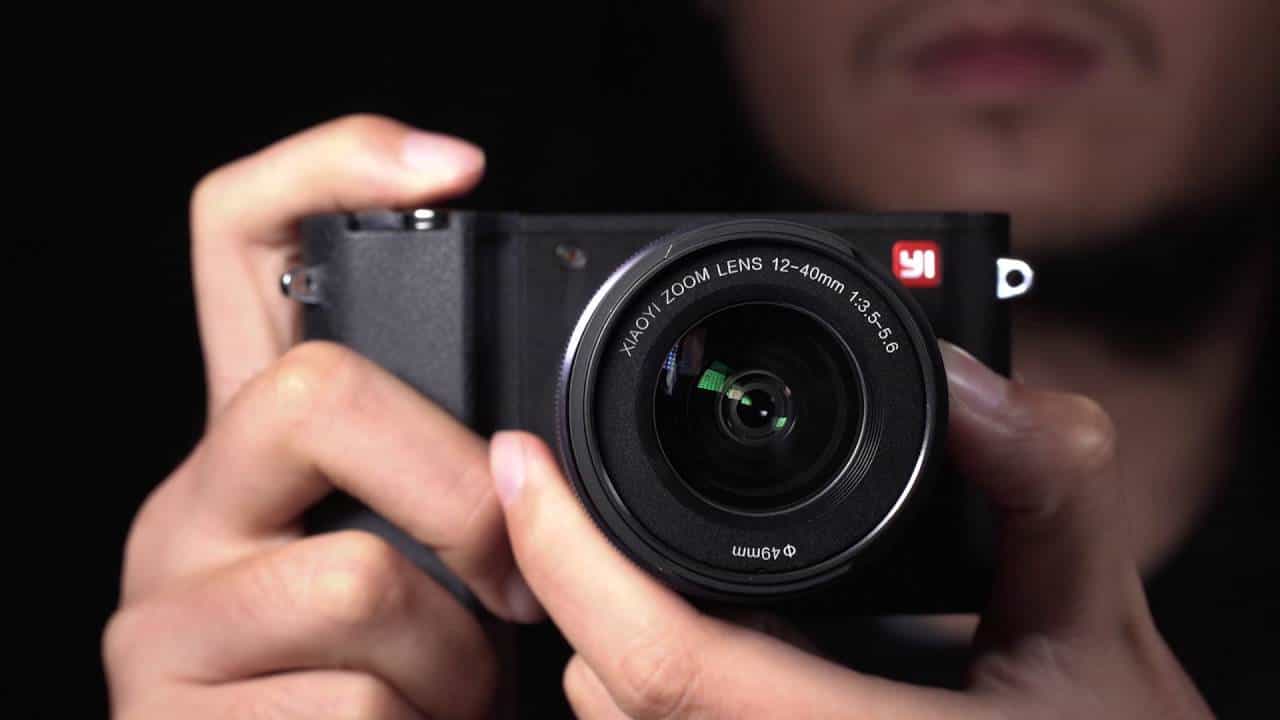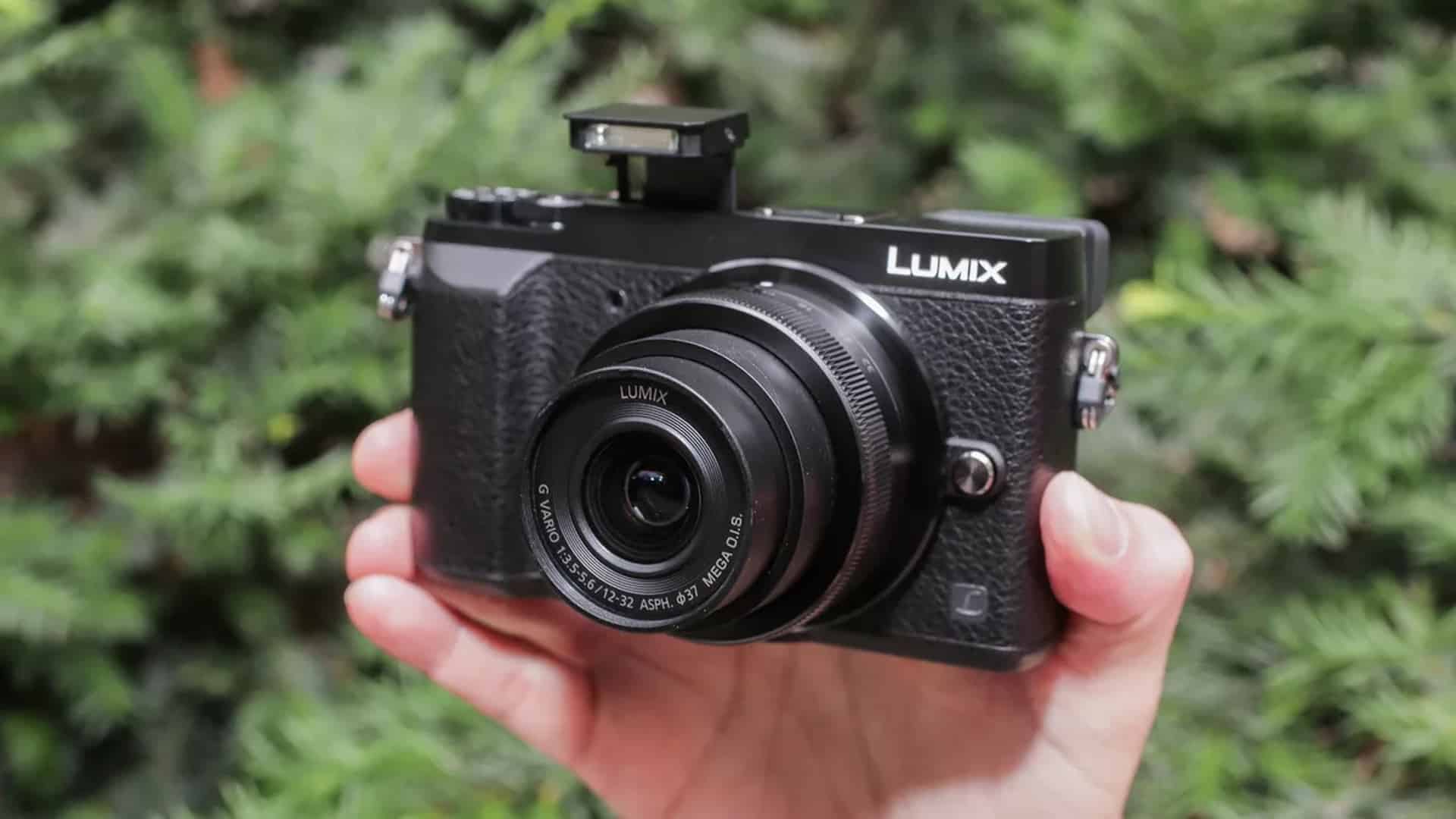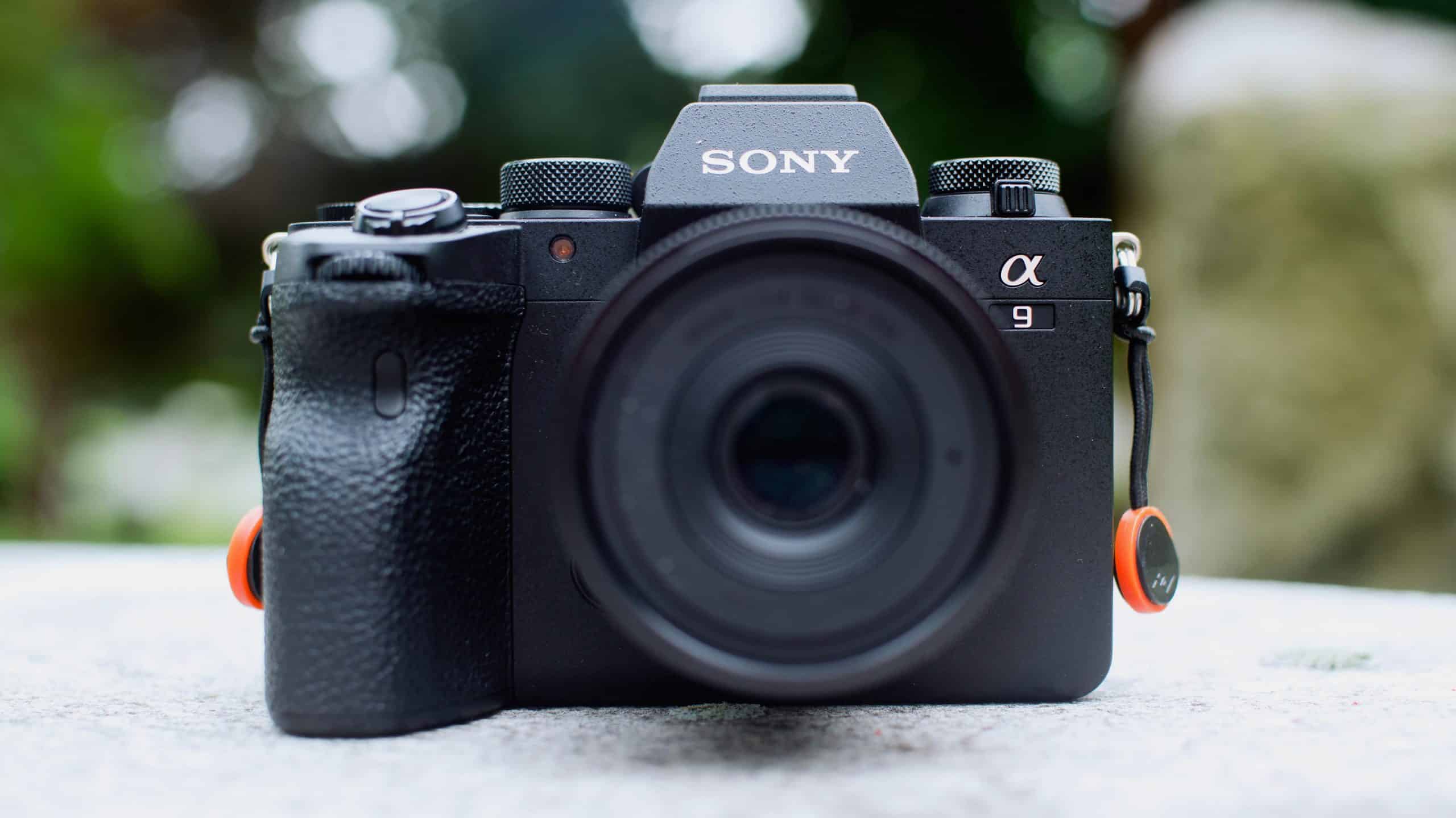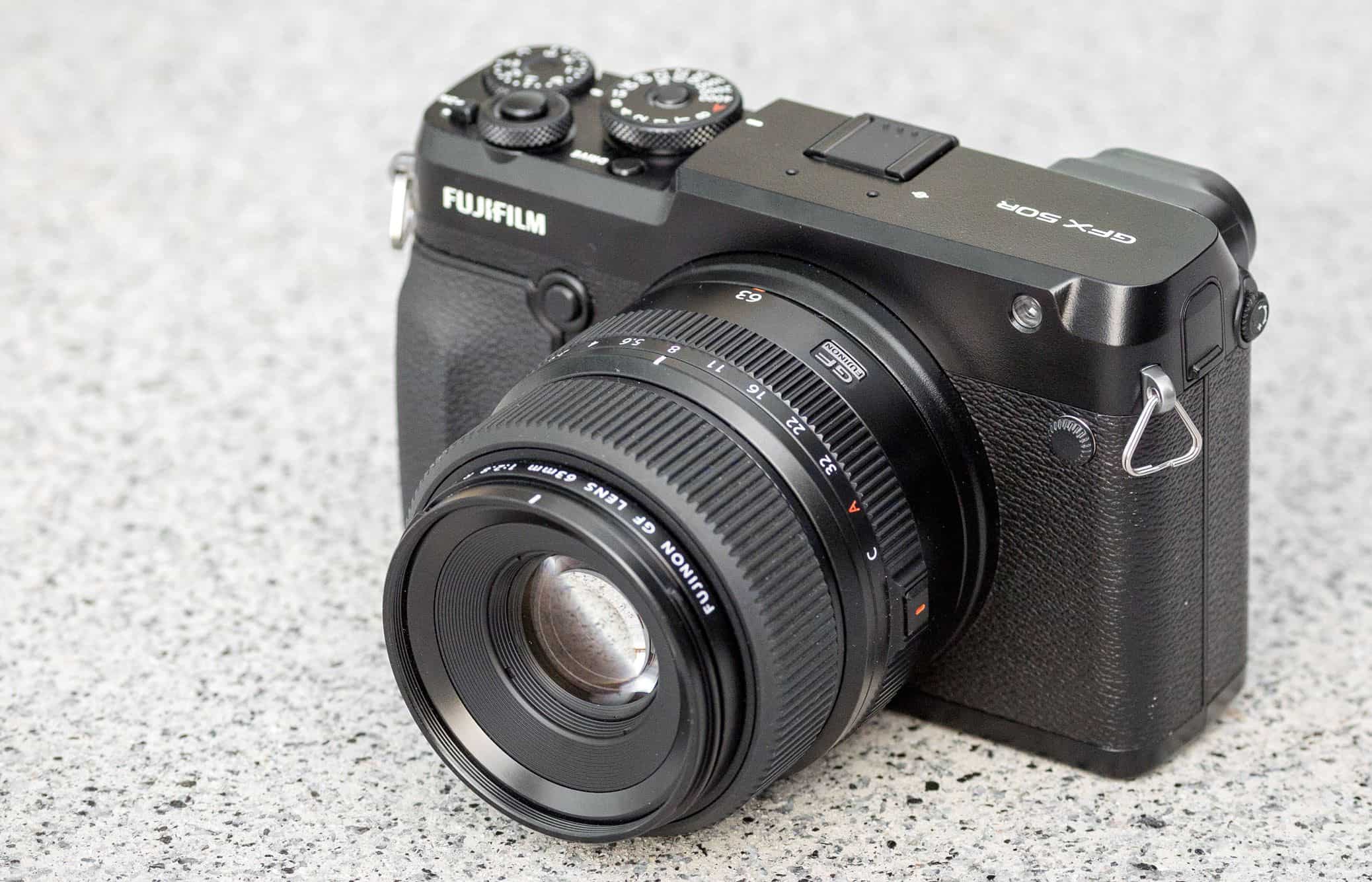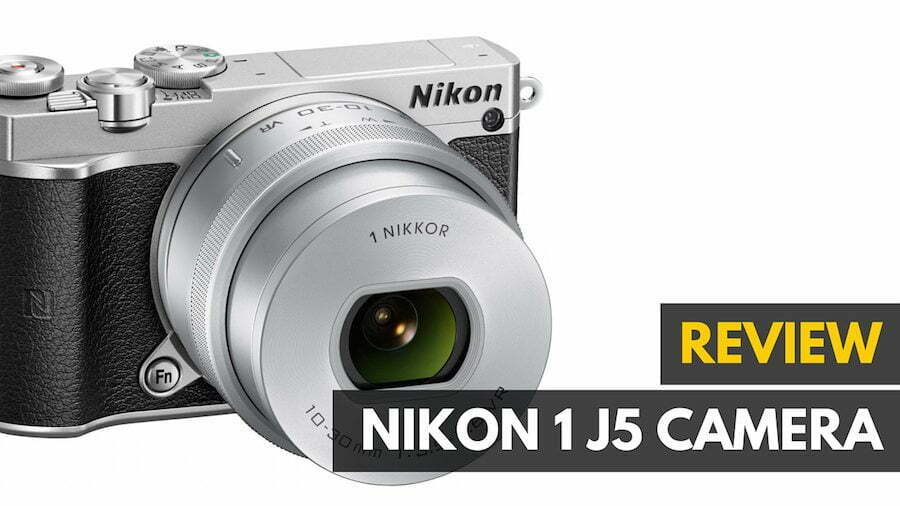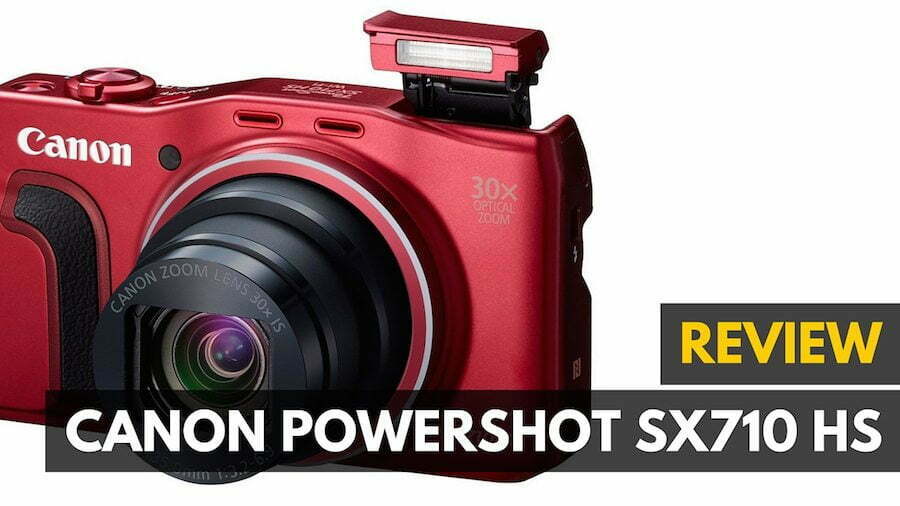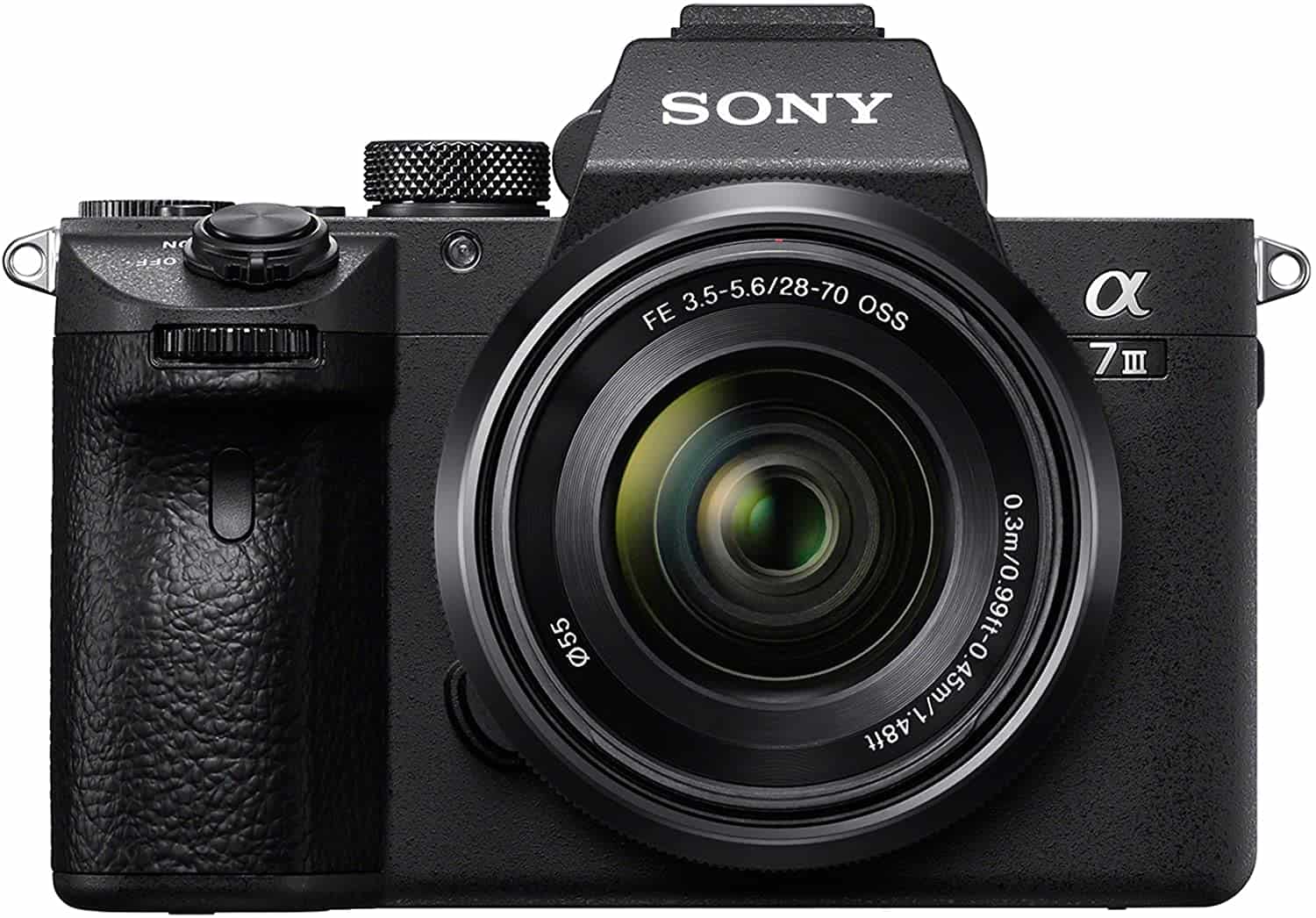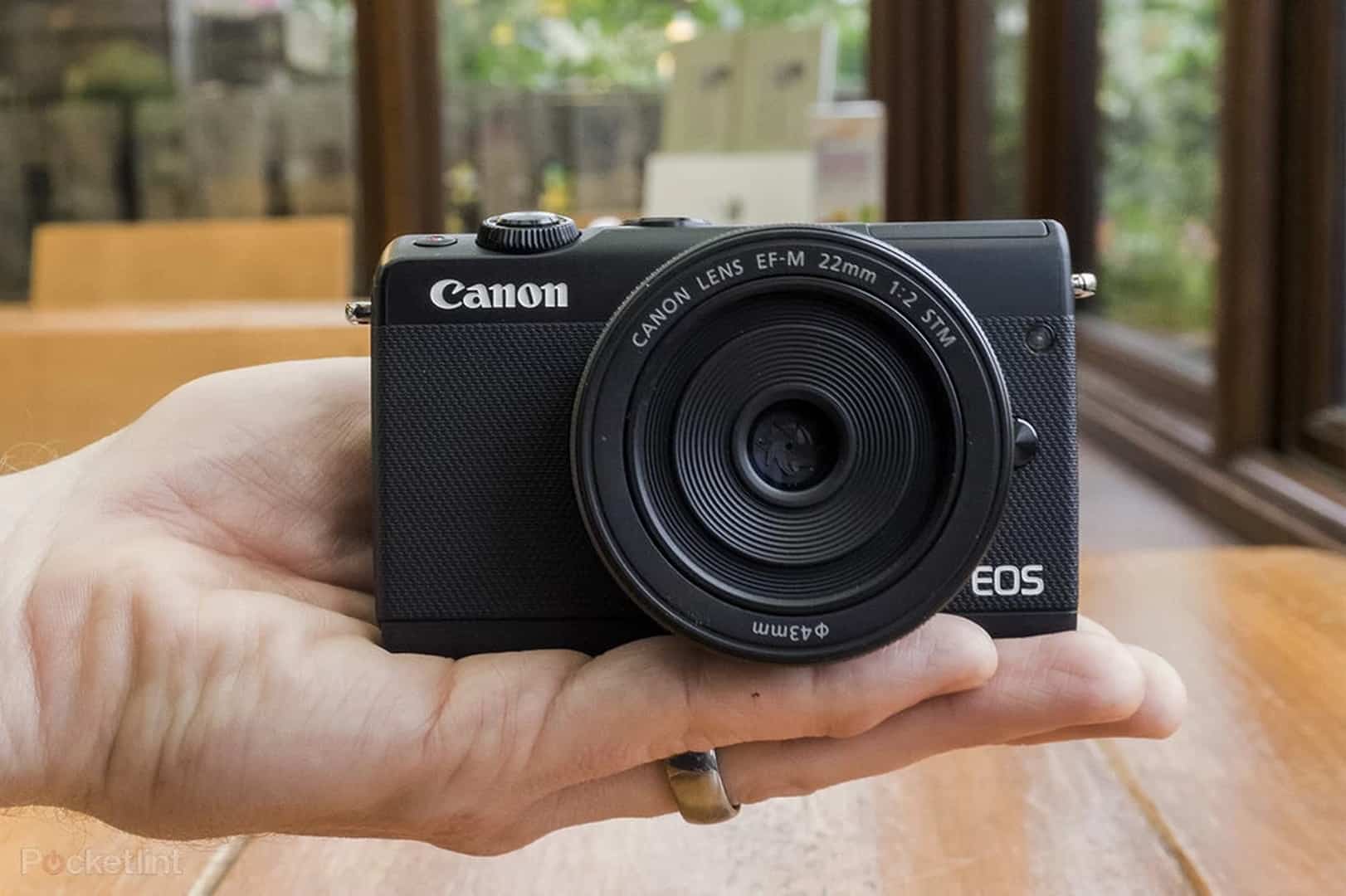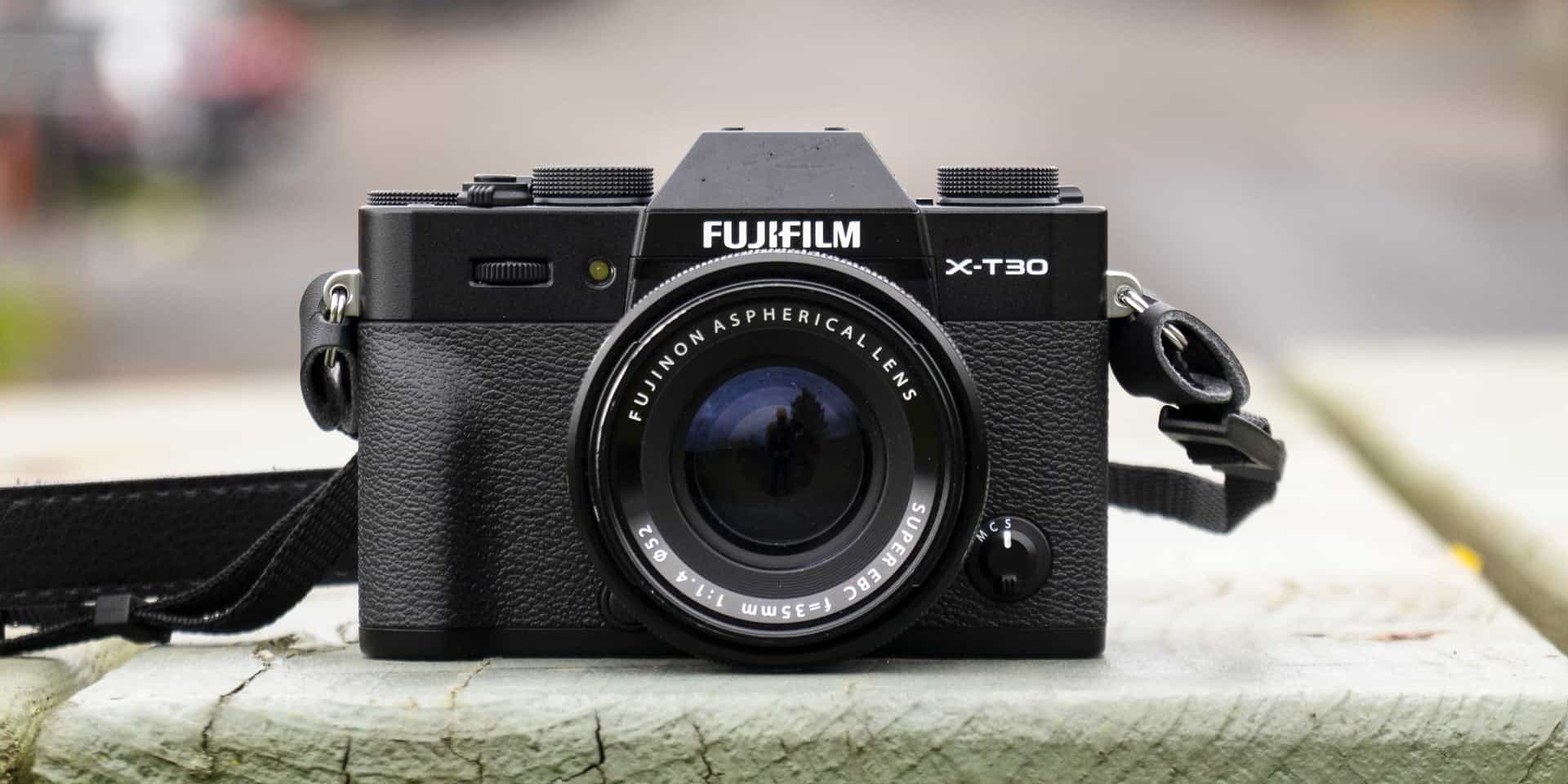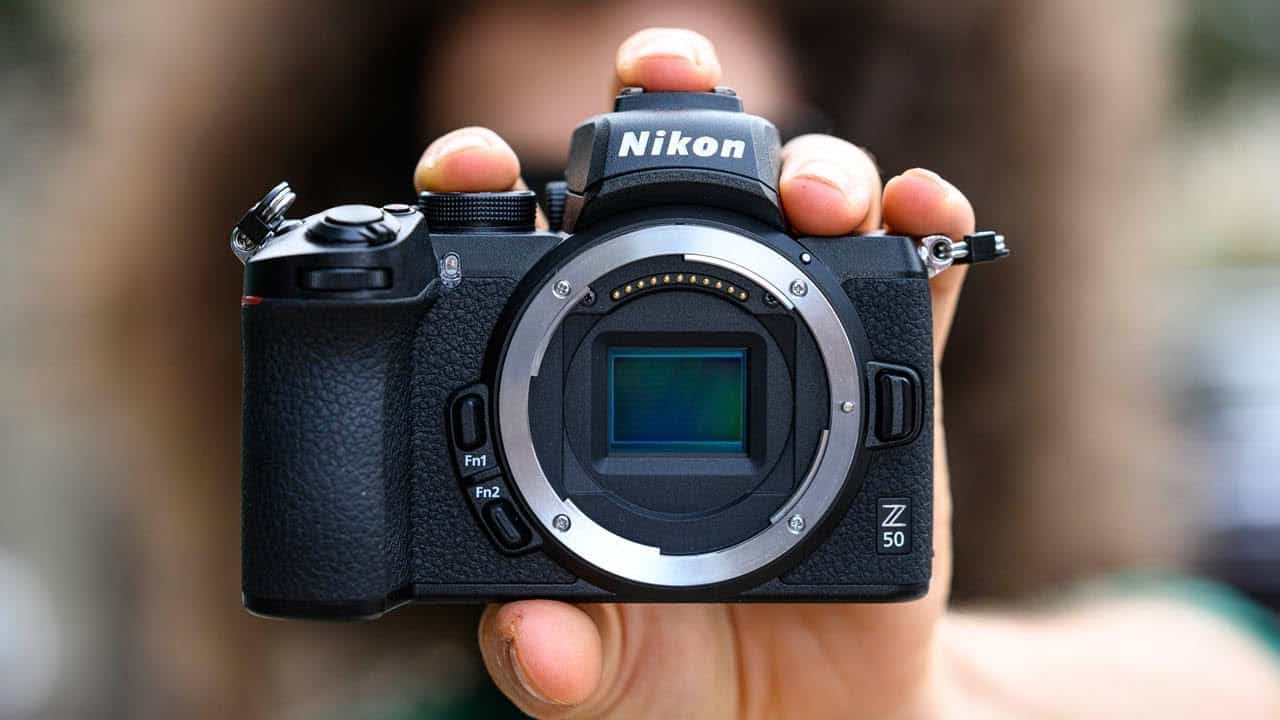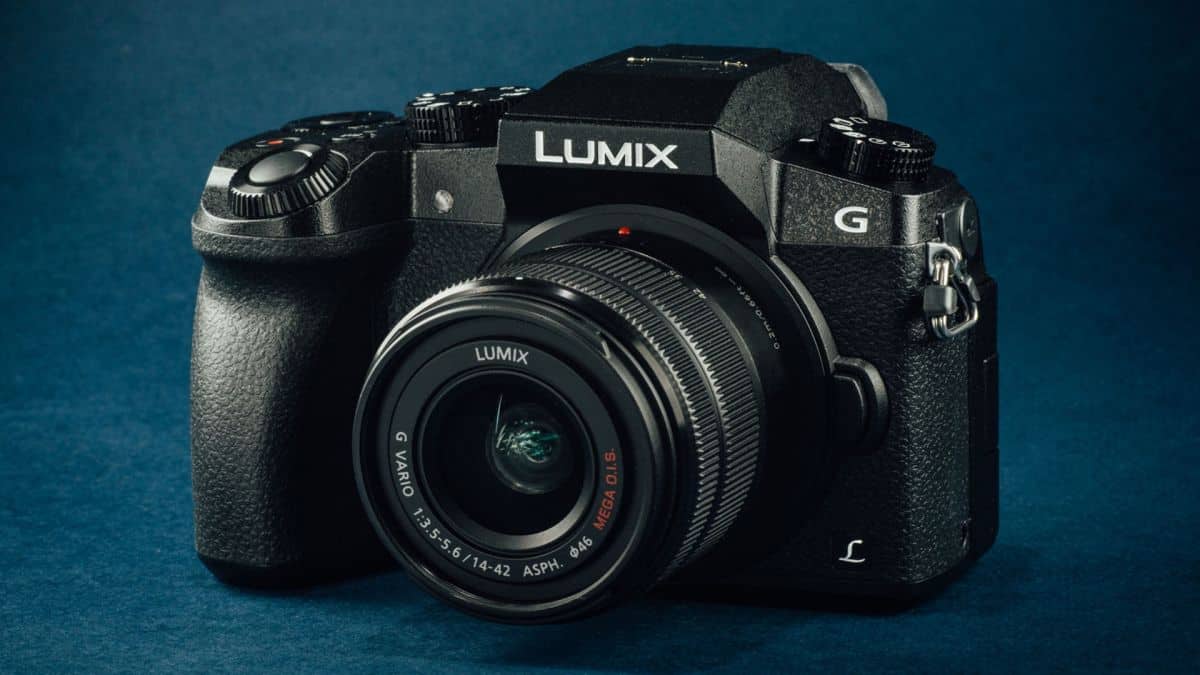This handy guide will help you if you are shopping for the best mirrorless camera.
If you are looking for the best travel camera, this article will help you learn what to shop for. The advancements in digital cameras over the past few years is staggering. Yet, with advancements in technology, a growing number of people are looking at mirrorless cameras and advanced point and shoots. In fact, even for a few professional photographers, bulky and mechanical DSLRs are looking like a throwback to the analogue days of film cameras.
What’s the Difference?
Until recently, if you wanted to upgrade from a top point and shoot camera, you would have to look at DSLRs. To understand how a mirrorless camera compares to a point and shoot, it helps to understand how each compares to a DSLR. Today’s DSLR uses the same mirror mechanism as its 35mm ancestors from a couple decades ago, reflecting light from the lens into the viewfinder. When you press the shutter button, the mirror snaps out of the way so the light can pass through the open shutter onto the digital sensor to capture the image. Because of the reflexive mirror, the camera needs only one lens. Hence it’s name: digital single lens reflex, or DSLR.
Point and shoot cameras never had a mirror. The viewfinder was separate from the lens, meaning what you saw in the viewfinder would always be at a different angle and look different than what the camera captured.
With digital technology, you no longer need that mirror. You can see the shot on the camera’s LCD screeen. In fact, most DSLRs today have an option that allows you to disable the mirror mechanism.
Today, a DSLR is an advantage over a point and shoot camera because you can change lenses, control the settings, and the sensors that capture the image are usually better quality. However, they are bigger and heavier.
That’s where mirrorless cameras come in. They eliminate the bulky mirror, making them as compact as a point and shoot, while giving you the ability to fully control the settings and change lenses.
Comparing Features
Point and shoot cameras are a great option if you’re looking for better photos than what you can get on your smartphone, without wanting to spend a lot of money or worry about complicated settings.
The Canon PowerShot SX530 is a good example of a mid-range point and shoot camera. It’s 2.3-inch CMOS sensor can capture high-resolution images at 4608 x 3456 pixels. Its 50x optical zoom combined with a 4x digital zoom means it can zoom in at 200x total. It records 1080p full HD video and even includes a hybrid mode that records video along with your photos that you can use in slideshows. Using its WiFi capabilities, you can upload your photos and videos to your computer or post them online direct from the camera.
If you want to be able to switch to a different lens, like a telephoto lens for sporting events, or a high-quality portrait lens with a wide aperture, you should consider a mirrorless camera.
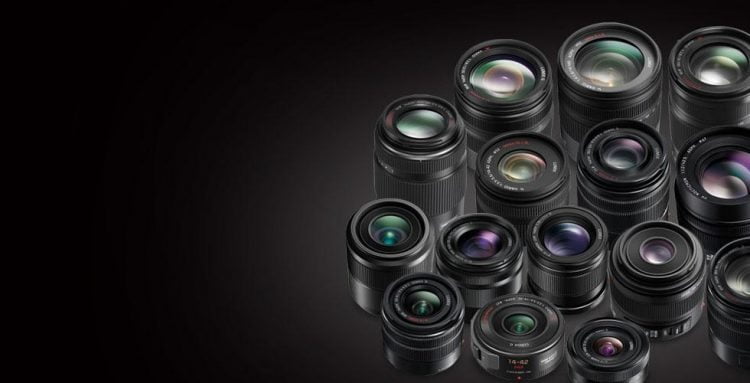
The Panasonic LUMIX G85 mirrorless camera, for example, is available with the body only, or as a camera kit with a 12-60mm lens. It shoots high-quality photos comparable to a similarly priced DSLR, records high definition video and has a full range of automatic and manual settings. If you want to add a new lens, you have literally hundreds to choose from, since it uses the micro 4/3 mount standard, compatible with lenses made by Panasonic, Olympus, Kodak and several other companies.
Comparing Prices
At the high end of the price spectrum, both mirrorless and point and shoot cameras can go up to several thousand dollars. Point and shoot cameras, however, start at about $50, while the lower end mirrrorless cameras are seldom under $500.
The Sony Cyber-shot RX1R II is at the high end of the price spectrum for point and shoot cameras. With a-frame sensor and 42.4 megapixels at a price of $3,298. It’s 35 mm F2.0 lens isn’t interchangeable and doesn’t offer an optical zoom, although it does have a macro mode. With a sensor of this quality, most photographers won’t mind using the 8x digital zoom.
You’re not likely to find much difference in sensor quality when comparing mirrorless and point and shoot cameras within the same price brackets. Most use the the same quality sensors you would find in a low to mid-range DSLR.
Mirrorless Cameras for Professional Photos
Mirrorless cameras usually have the same manual control settings as any DSLR.
A few years ago, finding lenses for a mirrorless camera could be a problem, and while the photo quality was good, it wasn’t usually quite good enough for professional results. Today, however, a growing number of professional photographers are now packing mirrroless cameras instead of their bulkier DSLRs.
Laurence Norah is a professional travel photographer who now uses a mirrorless camera over a DSLR in many situations, particularly when he’s on the road.
“I primarily use a pair of Canon 6D DSLR cameras,” he said, “but I also have a mirrorless Panasonic GX8. I also run a travel photography course, and usually recommend to students that they invest in mirrorless over DSLR’s.”
“My reasoning for using the mirrorless camera over a DSLR usually comes down to the size and weight factor. Even with a spare lens, the small form factor of the mirrorless camera makes it much easier to just slip in a messenger bag and carry around. In the majority of cases it also takes shots that are of excellent quality, and I’ve sold a number of my mirrorless shots, which shows that clients are happy too.”
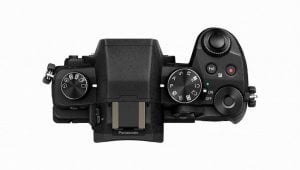
There are times, he added, when he still prefers a DSLR over his mirrorless camera. “The only time it can’t quite compete is in really low light, where the larger sensor on my full frame 6D is able to make better use of available light in the scene. Other than that, it has near feature parity in a much smaller form factor.”
Whether you opt for a mirrorless camera, or a point and shoot, you’re going to end up with a light-weight and highly portable camera that takes superior photos to anything you could get from a smartphone.
Related Articles:

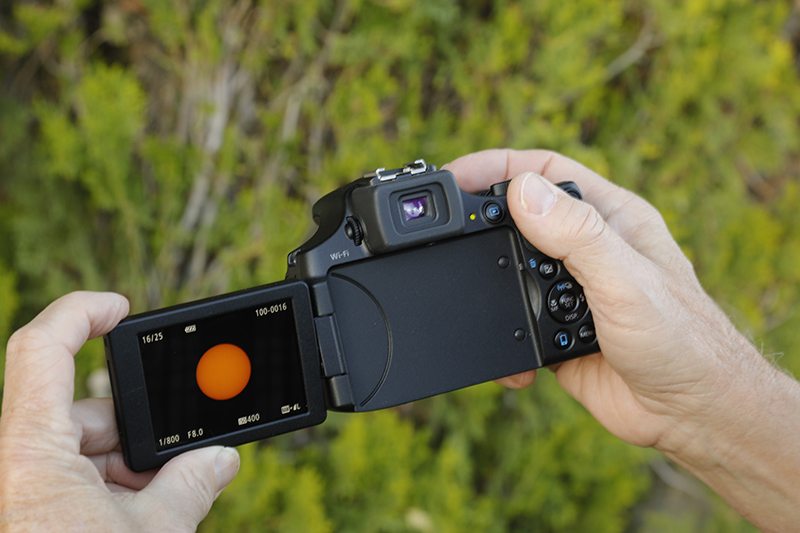













![Best Digital Cameras in [year] ([month] Reviews) 10 Best Digital Cameras in 2025 (December Reviews)](https://www.gadgetreview.dev/wp-content/uploads/what-is-resolution-on-digital-camera-1.jpg)
![Best Digital Camera Docking Stations in [year] 11 Best Digital Camera Docking Stations in 2025](https://www.gadgetreview.dev/wp-content/uploads/best-digital-camera-docking-stations-image.jpg)
![Best Mirrorless Camera in [year] ([month] Reviews) 12 Best Mirrorless Camera in 2025 (December Reviews)](https://www.gadgetreview.dev/wp-content/uploads/best-mirrorless-camera-image.jpg)
![Best Digital Camera Tripods in [year] 13 Best Digital Camera Tripods in 2025](https://www.gadgetreview.dev/wp-content/uploads/best-digital-camera-tripods-image.jpg)
![Best Canon Digital Cameras in [year] 14 Best Canon Digital Cameras in 2025](https://www.gadgetreview.dev/wp-content/uploads/best-canon-digital-cameras-image.jpg)
![Best Polaroid Digital Cameras in [year] 15 Best Polaroid Digital Cameras in 2025](https://www.gadgetreview.dev/wp-content/uploads/best-polaroid-digital-cameras-image.jpg)
![Best Small Digital Camera Cases in [year] 16 Best Small Digital Camera Cases in 2025](https://www.gadgetreview.dev/wp-content/uploads/best-small-digital-camera-case-image.jpg)
![Best Digital Camera USB Cables in [year] 17 Best Digital Camera USB Cables in 2025](https://www.gadgetreview.dev/wp-content/uploads/best-digital-camera-usb-cable-image.jpg)
![Best Digital Camera Bags in [year] 18 Best Digital Camera Bags in 2025](https://www.gadgetreview.dev/wp-content/uploads/best-digital-camera-bag-image.jpg)
![Best Sony Digital Cameras in [year] 19 Best Sony Digital Cameras in 2025](https://www.gadgetreview.dev/wp-content/uploads/best-sony-digital-cameras-image.jpg)
![Best Panasonic Digital Cameras in [year] 20 Best Panasonic Digital Cameras in 2025](https://www.gadgetreview.dev/wp-content/uploads/best-panasonic-digital-cameras-image.jpg)
![Best Digital Camera Accessories in [year] 21 Best Digital Camera Accessories in 2025](https://www.gadgetreview.dev/wp-content/uploads/best-digital-camera-accessories-image.jpg)
![Best Kodak Digital Cameras in [year] 22 Best Kodak Digital Cameras in 2025](https://www.gadgetreview.dev/wp-content/uploads/best-kodak-digital-cameras-images.jpg)
![Best Compact Cameras in [year] 23 Best Compact Cameras in 2025](https://www.gadgetreview.dev/wp-content/uploads/best-compact-camera-image.jpg)
![Best Digital Cameras with Wifi in [year] 24 Best Digital Cameras with Wifi in 2025](https://www.gadgetreview.dev/wp-content/uploads/best-digital-camera-with-wifi-image.jpg)
![Best Digital Cameras for Travel in [year] 25 Best Digital Cameras for Travel in 2025](https://www.gadgetreview.dev/wp-content/uploads/best-digital-camera-for-travel.jpg)
![Best Digital Cameras for Video in [year] 26 Best Digital Cameras for Video in 2025](https://www.gadgetreview.dev/wp-content/uploads/best-digital-camera-for-video.jpg)
![Best Nikon Digital Cameras in [year] 27 Best Nikon Digital Cameras in 2025](https://www.gadgetreview.dev/wp-content/uploads/best-nikon-digital-camera.jpg)
![Best Point and Shoot Cameras for Birding in [year] 28 Best Point and Shoot Cameras for Birding in 2025](https://www.gadgetreview.dev/wp-content/uploads/best-point-and-shoot-camera-for-birding.jpg)
![10 Best Medium Format Digital Cameras in [year] 29 10 Best Medium Format Digital Cameras in 2025](https://www.gadgetreview.dev/wp-content/uploads/best-medium-format-digital-camera-scaled-1.jpg)

